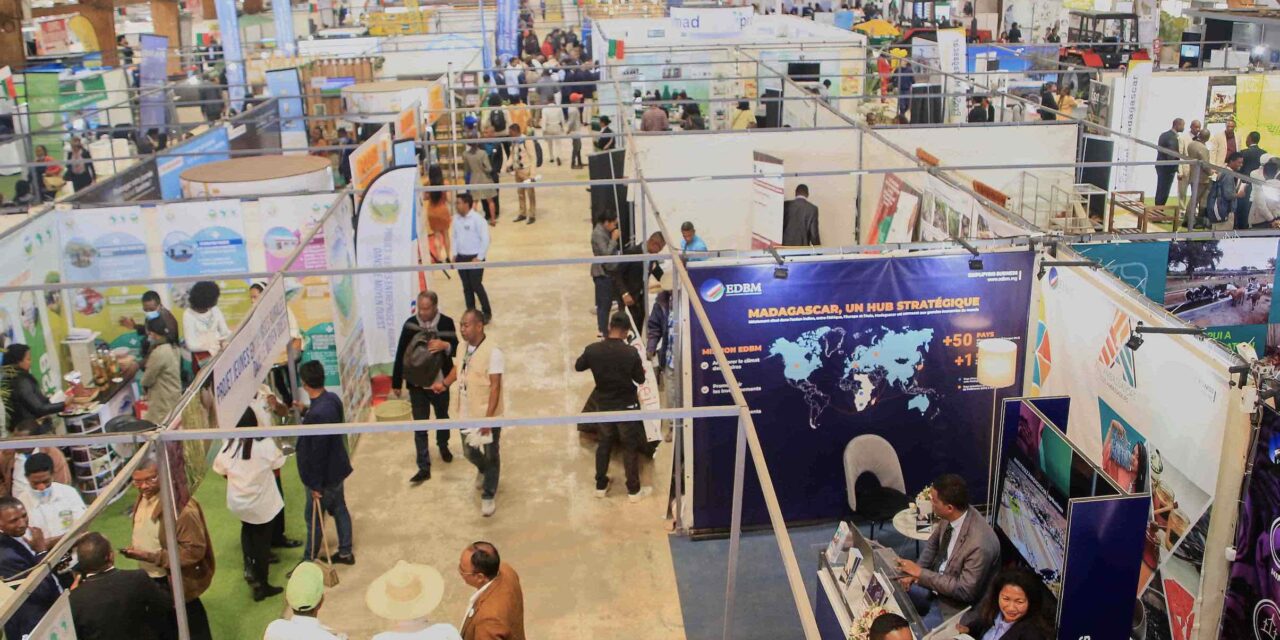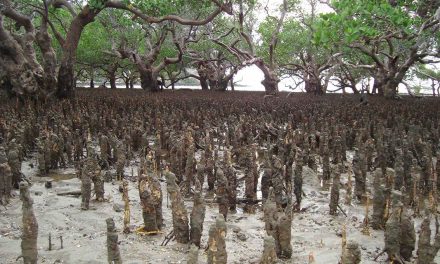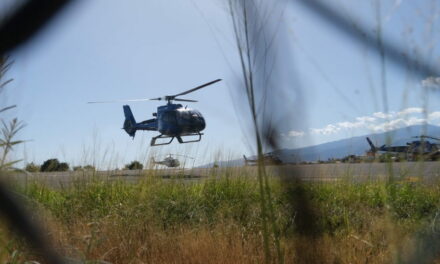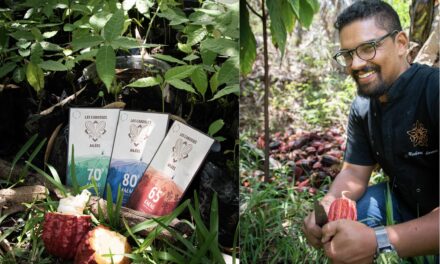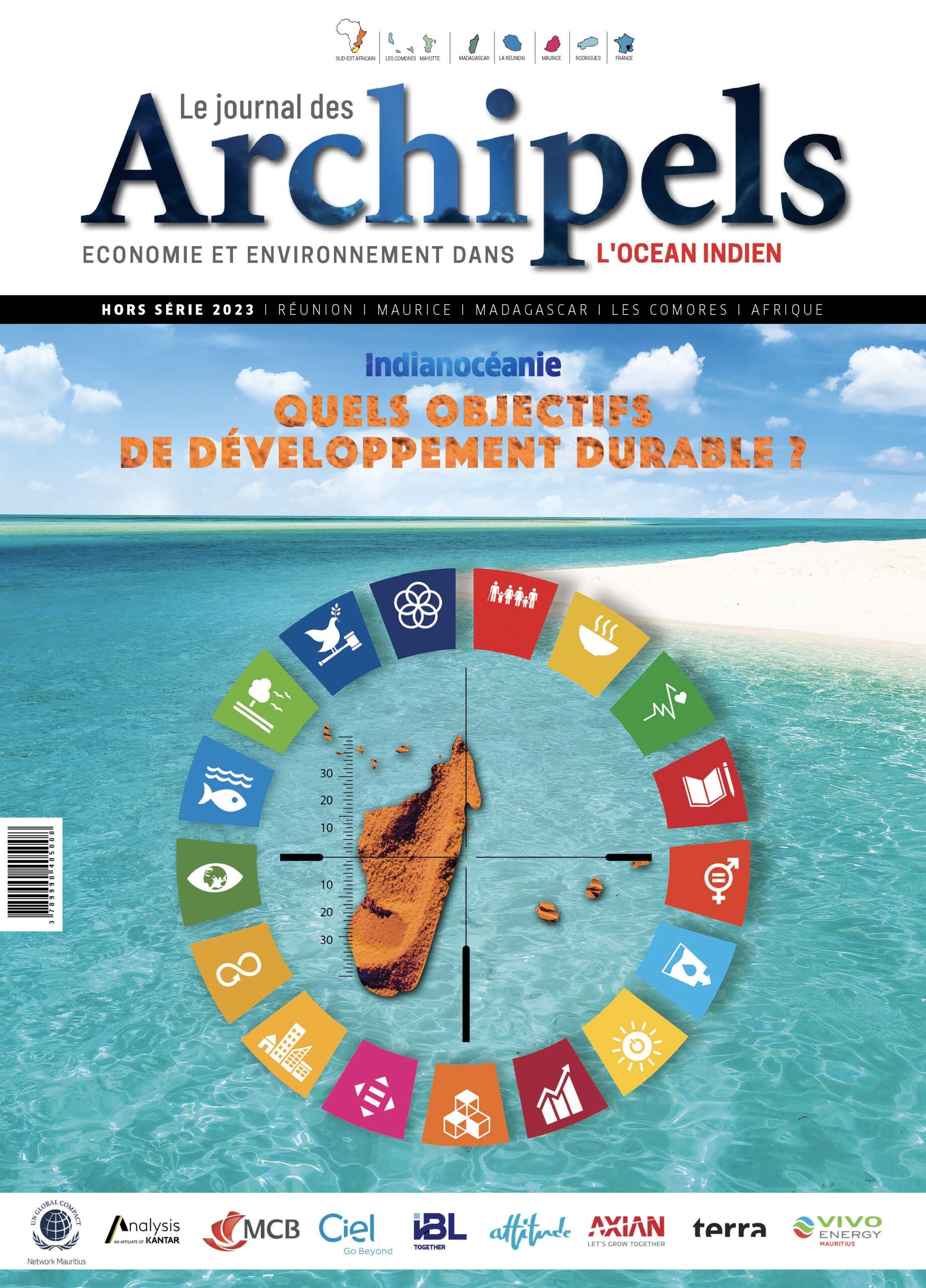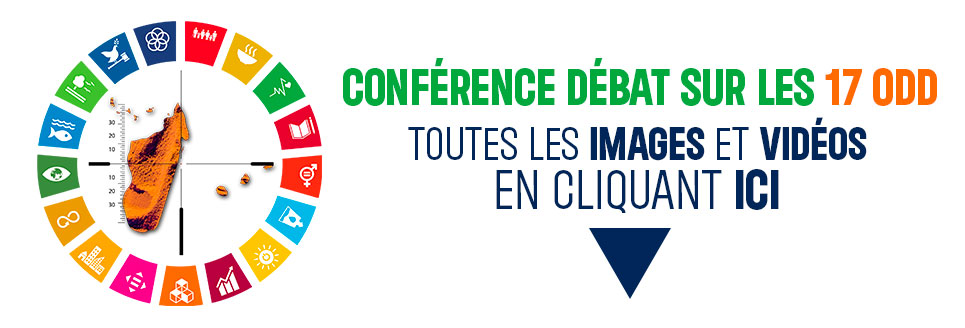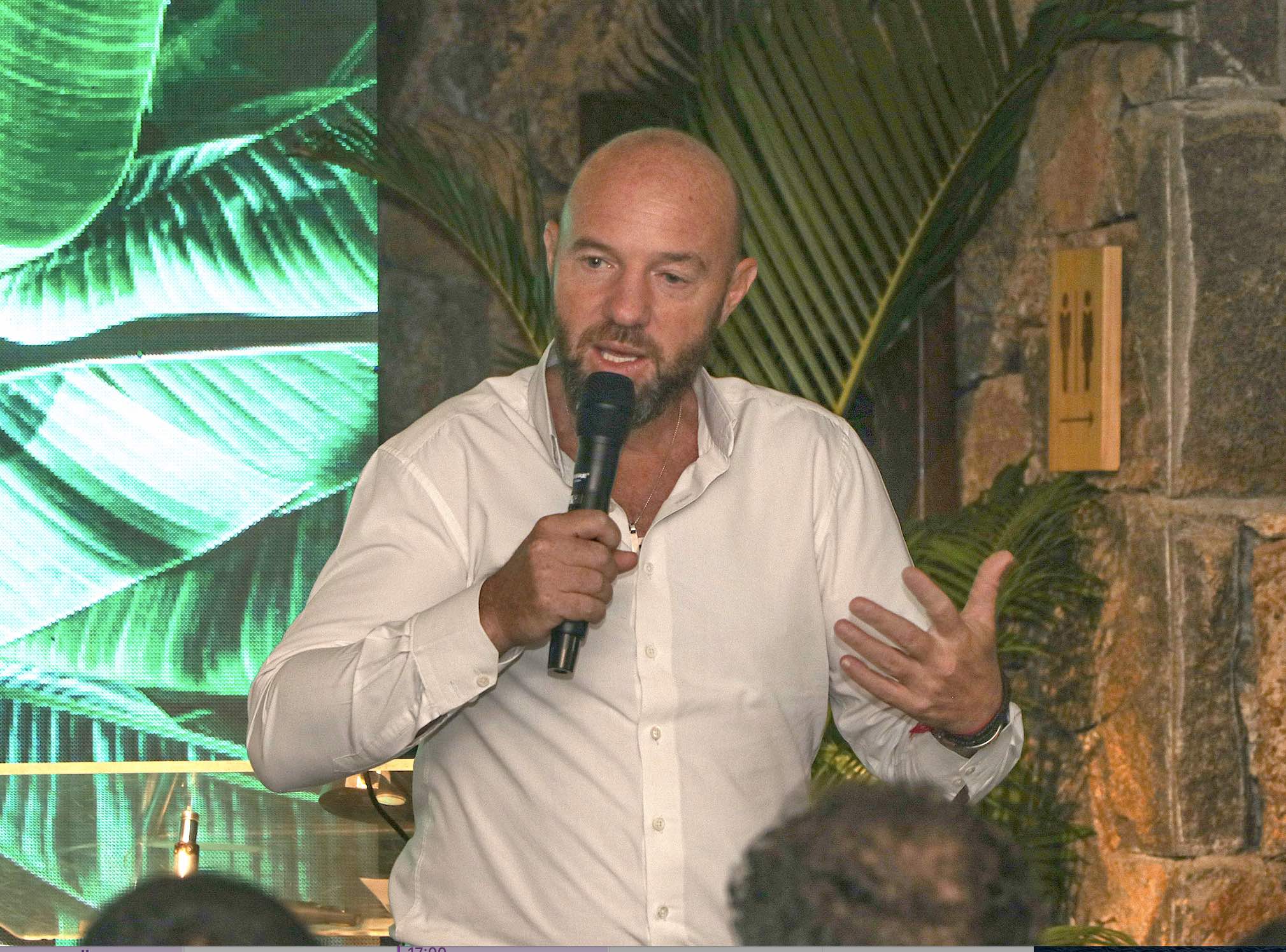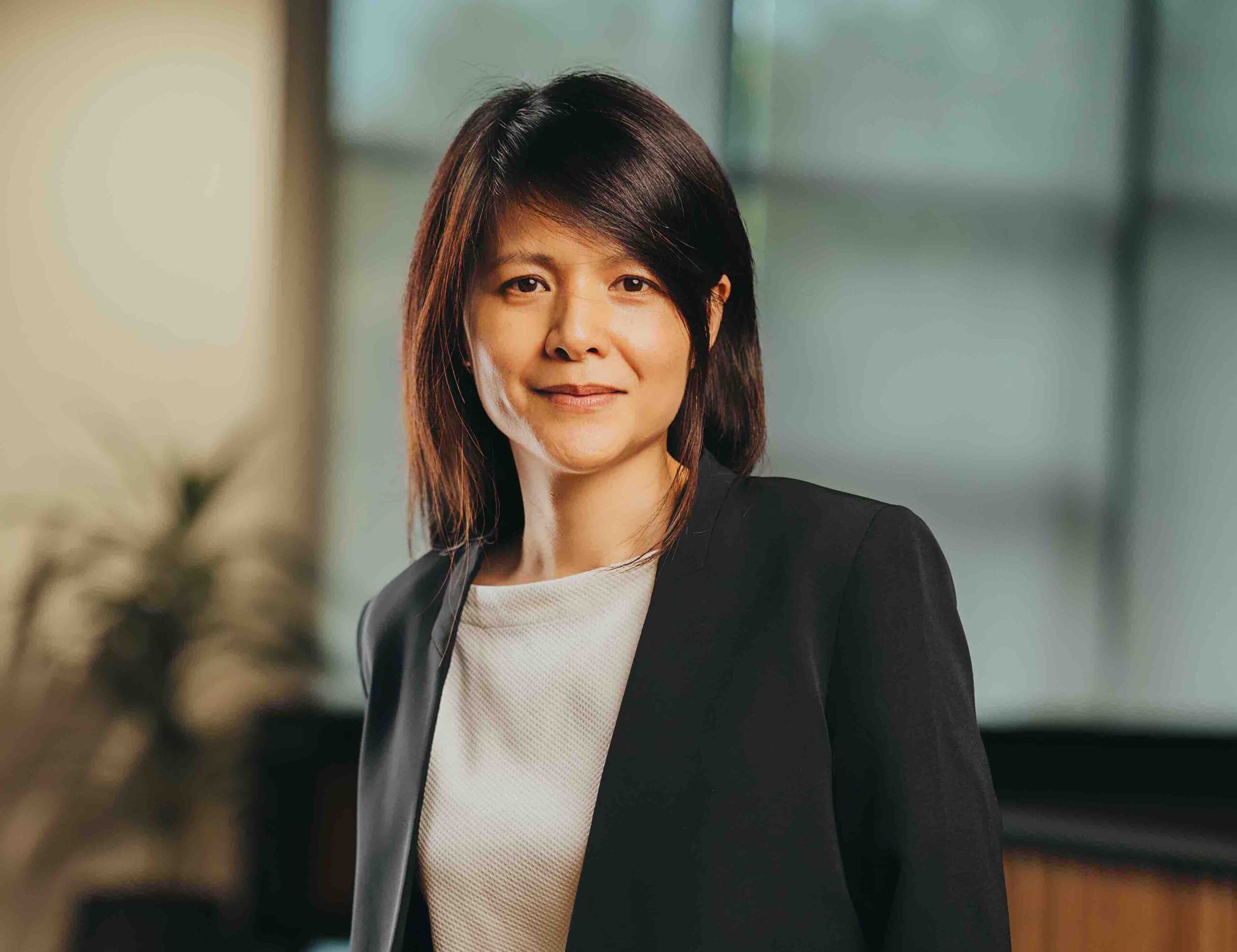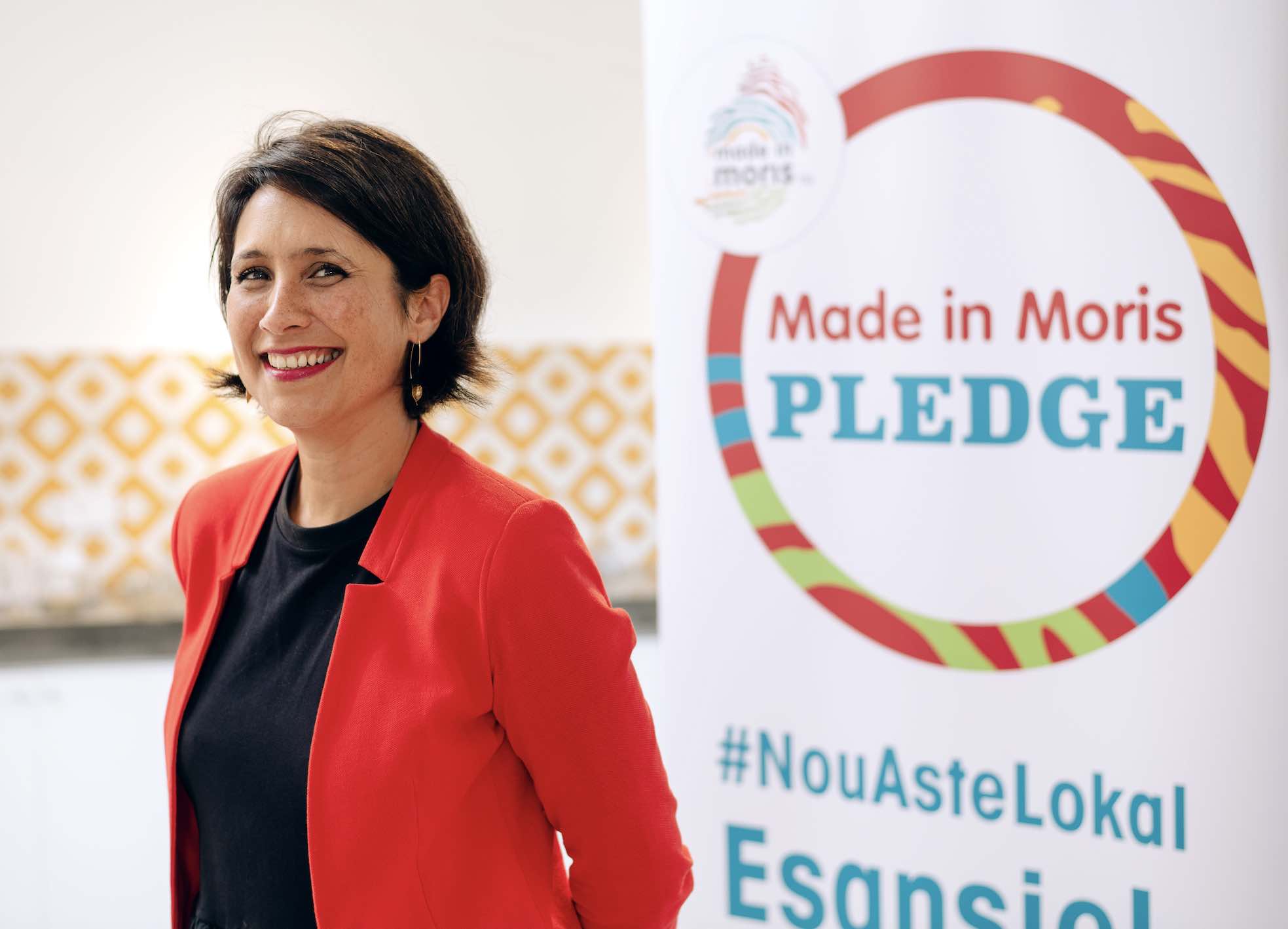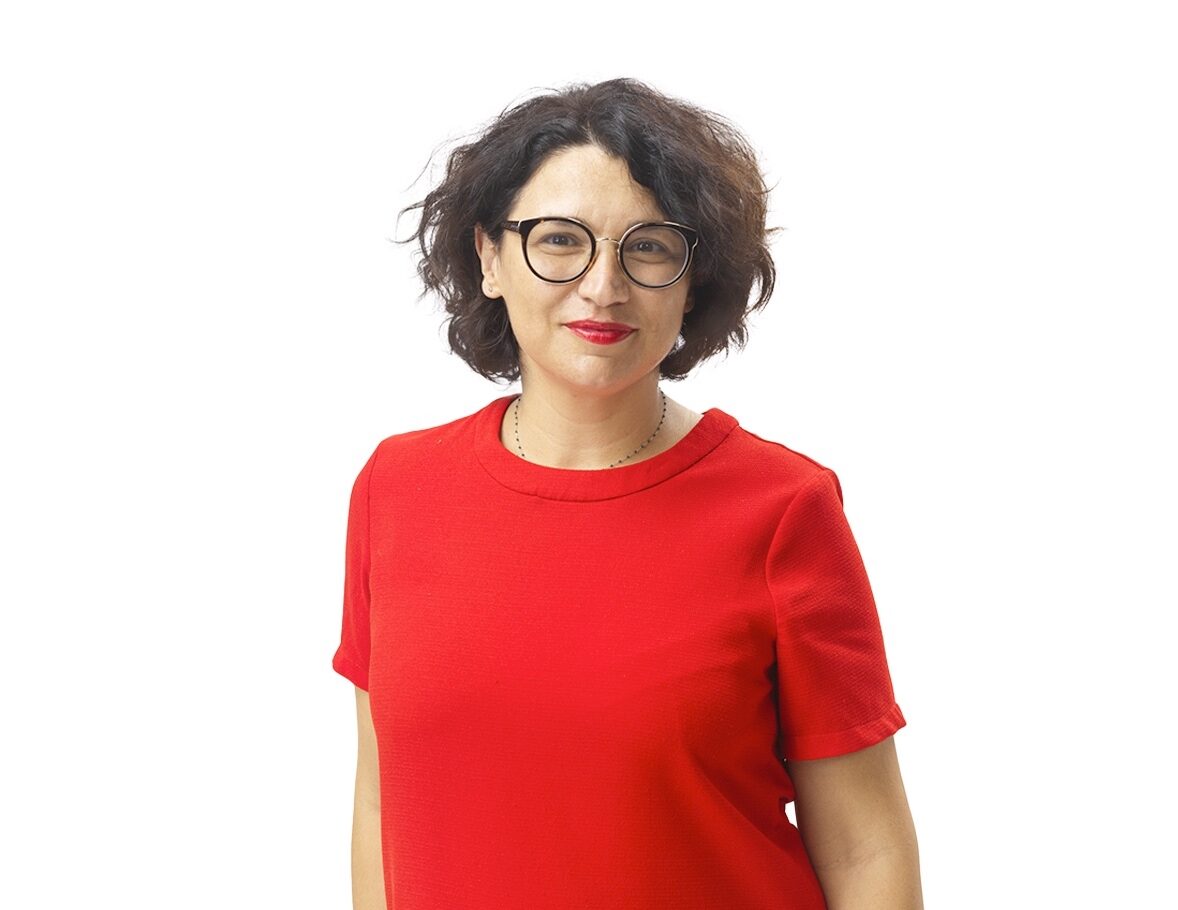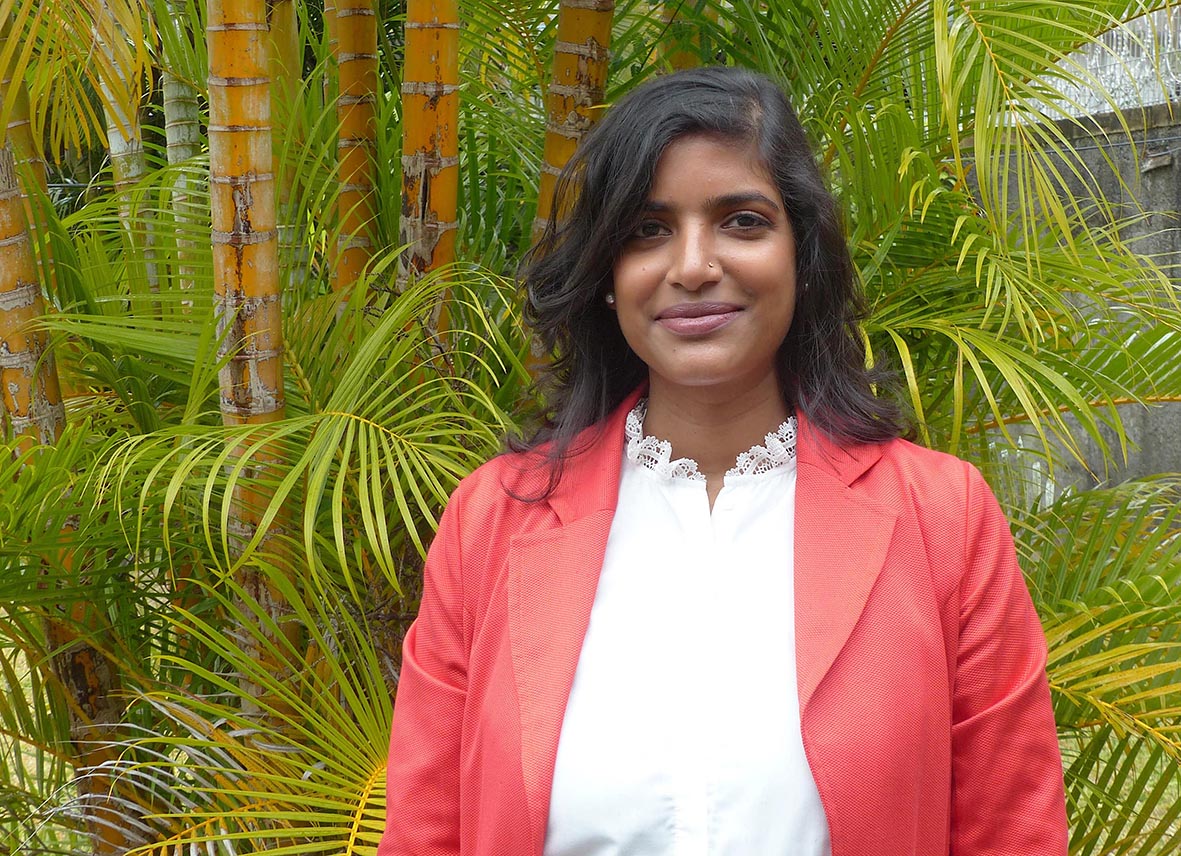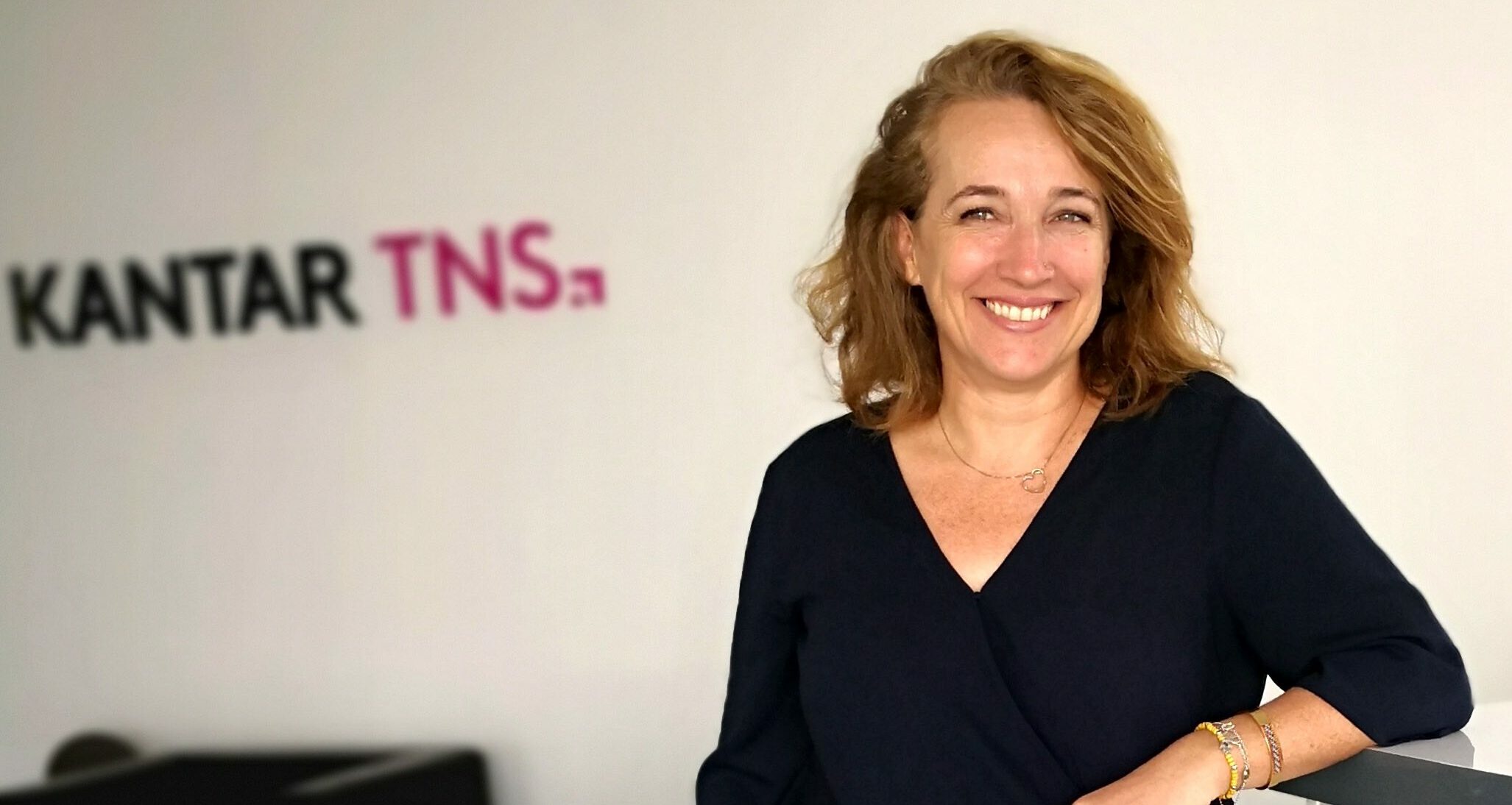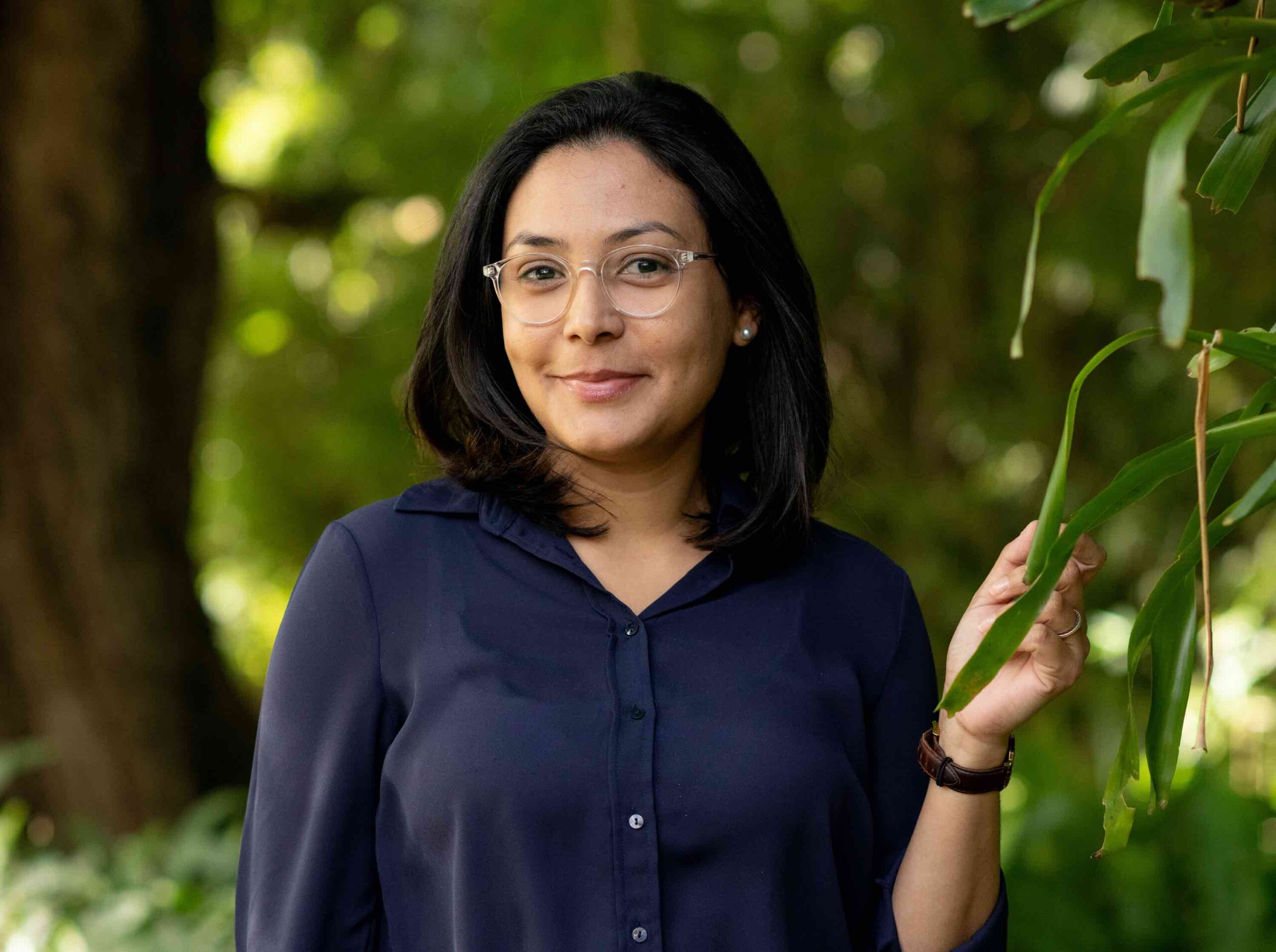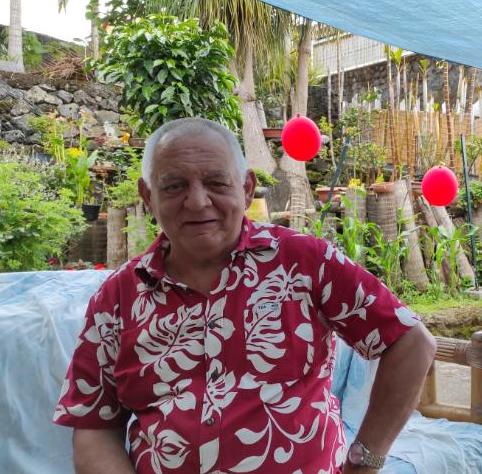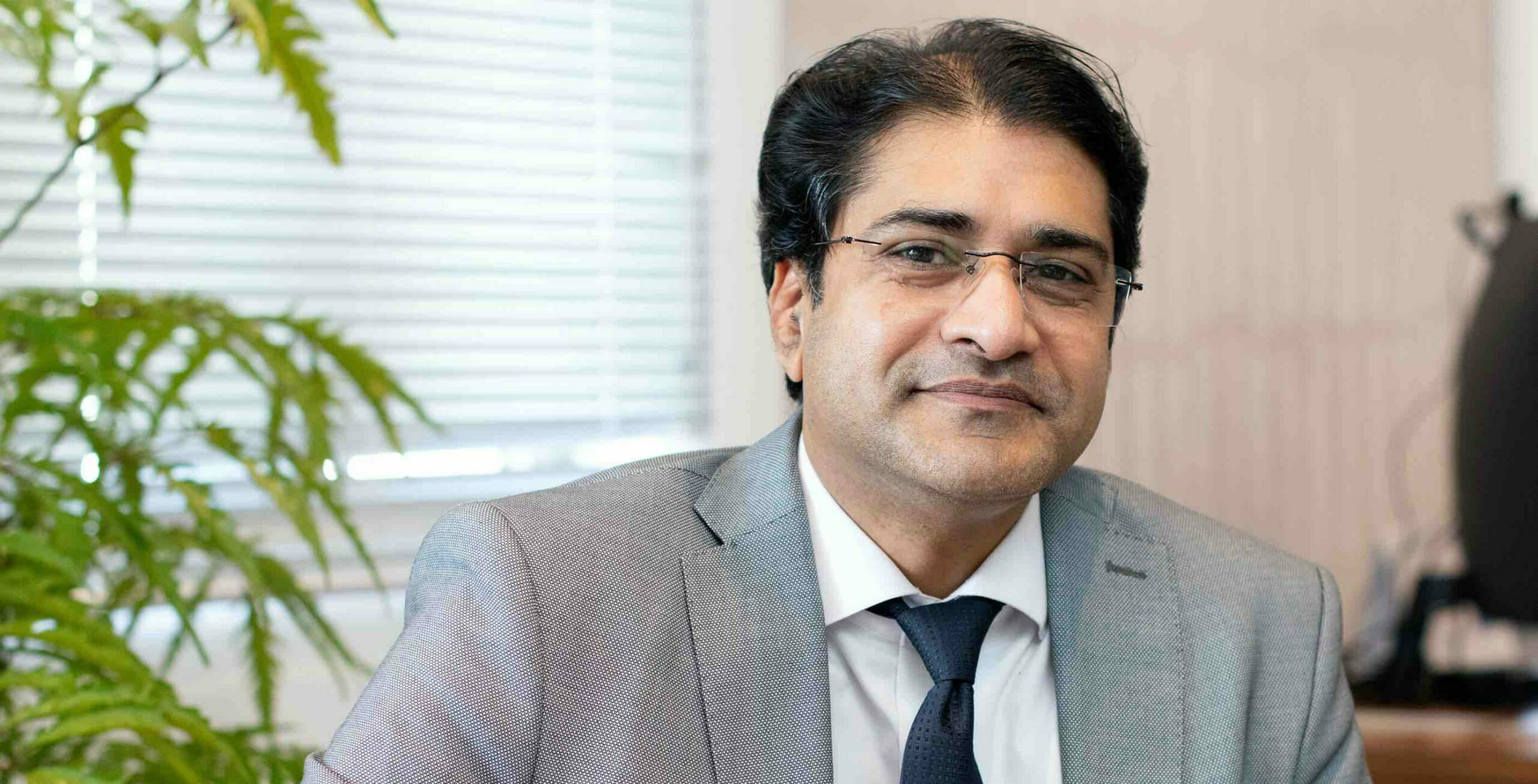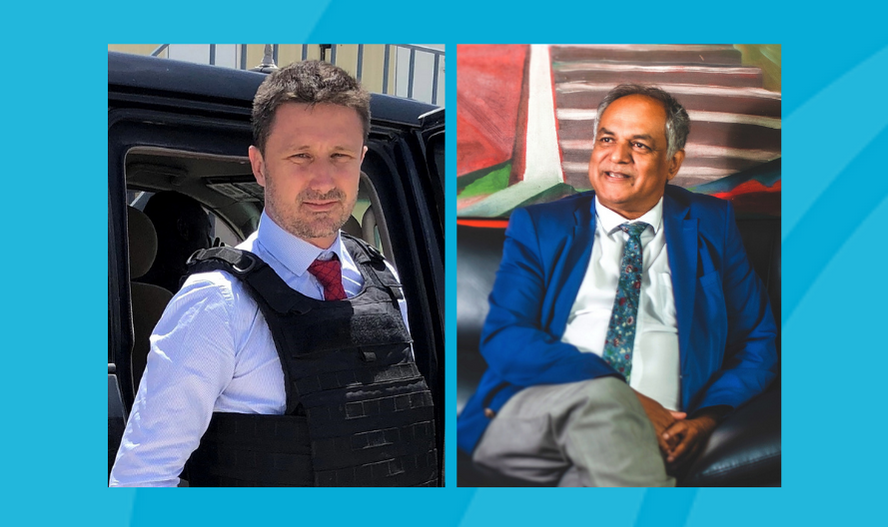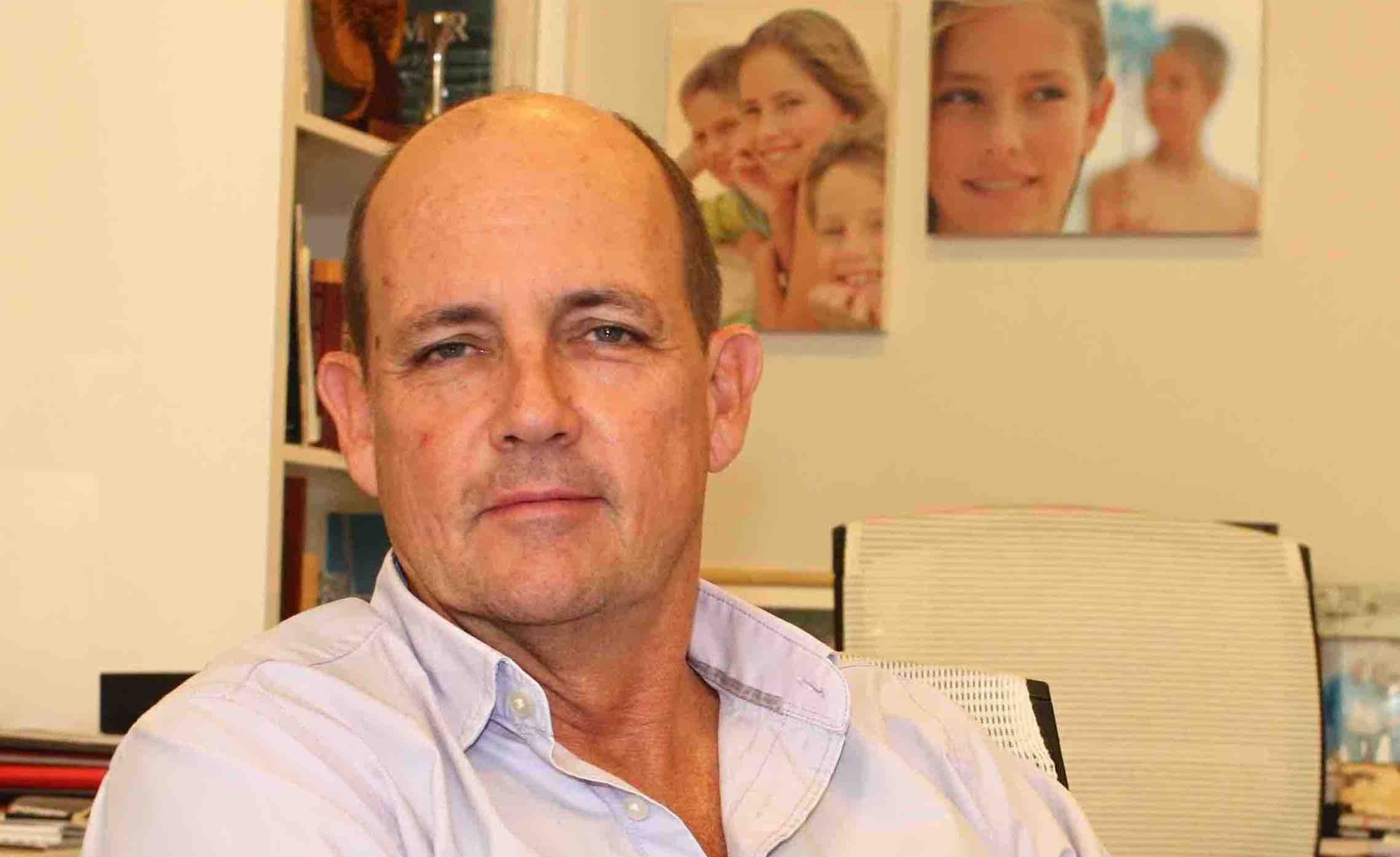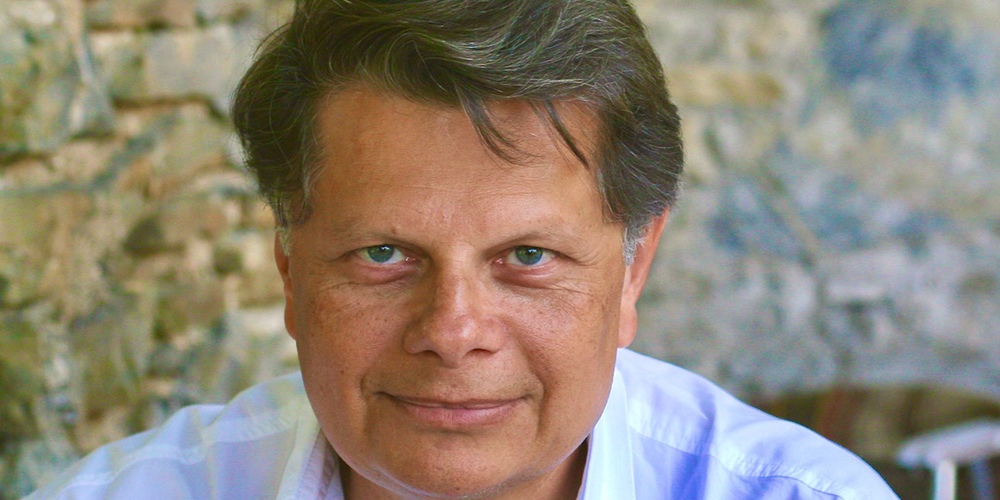Innovative agriculture is winning ground in Africa. Gradually, the movement is making its way to the Big Island, where the agricultural world is still characterized by its archaism.
Photo (Jeanni Fidy): Innovation was at the center of the debates of the last International Fair of Agriculture (FIA) in the Malagasy capital.
According to the organizers of the International Agricultural Fair (FIA), which was held from September 22 to 25 at the Forello Tanjombato Exhibition Center in Antananarivo, innovation in agriculture is beginning to gain momentum, thanks in particular to the emergence of young companies such as Madagascar Agricultural (MGA).
A company specializing in agricultural production and services in the Ankazobe region, northwest of the capital, MGA operates a site covering more than 200 hectares where cereals, essential oil plants and trees are grown in an agroforestry system. But the company also positions itself as a guide for organizations and individuals wishing to develop in the innovative and ecological agriculture sector. Thus, its branch named Madagascar Agricultural Sustainable Impact intervenes in the implementation of new technologies in the green agriculture of the Big Island.
It is also known that MGA invests in Agritech to perpetually improve its production processes and contribute concretely to sustainable agriculture. It also supports innovations initiated by the actors of the sector themselves, from farmers to startups. The company is now active in the regions of Mahajanga, Toliara, Ambatondrazaka and Brickaville. “But Madagascar Agricultural is above all a human network of partners, suppliers, local representatives and farmers’ organizations that collaborate together in a relationship of trust,” it was also stressed.
The school fields are multiplying.
Other initiatives are also evolving in the field of innovative agriculture like Drone for Development (D4D), a start-up company that uses drones for various activities related to agriculture, environment, hydrology and forestry in Madagascar. “Field studies via drone facilitate the analysis of land and the environment, via photos taken from a device piloted by drone operators. The digitization, spatial analysis and recommendations are then made by experts in agriculture and forestry,” explained Samuel Andrianjafy, communications officer at D4D.
Malakass is also betting on innovation applied to agriculture. This young company’s mission is to contribute to the development of the cassava farming sector in the Atsimo-Andrefana region of Madagascar, thanks to the establishment of a factory that meets international standards and transforms cassava into high-quality, organic and fair-trade flour. The product is destined for both the local and international markets, in particular the major European importers, who are in demand for this high value-added product, which is gluten-free and used in both baking and pastry-making.
We also note that projects supported by institutional donors promote innovative agricultural entrepreneurship. For example, the Defis program (Development of Inclusive Agricultural Sectors) is developing nearly 9,000 ha of rice and corn fields in the Amoron’i Mania, Haute Matsiatra and Ihorombe regions, in order to increase yields and modernize agricultural techniques. The program, financed by the International Fund for Agricultural Development (IFAD) to the tune of 136.5 million dollars, cooperates with a dozen farmers’ organizations (FOs) to support producers. To this end, 160 farmers’ school fields for rice and 80 school fields for maize have already been set up, along with equipment and agricultural inputs (ploughs, seeds, fertilizers, weeders, harrows, etc.).
Twice as much rice per hectare.
Future yields are estimated at 2 tons per hectare for maize and 4.5 to 6 tons per hectare for rice, compared to 3 tons per hectare previously. According to the project managers, the POs are responsible for carrying out the actions to achieve the objectives. They are responsible for managing the finances, choosing the land and model farmers, applying the itinerary, and providing technological support to the 5,000 farmers involved.
The program includes training in financial management, costing, loans and savings, marketing and modern agribusiness. The beneficiary farmers, including many young farmers, are expected to become “agripreneurs” (a neologism combining farmers and entrepreneurs) able to produce their own seeds in sufficient quantity to be fully independent and to appropriate new technologies likely to boost their activity.
By Liva Rakotondrasata


